The Hungerford Mansion Will Be 200 Years Old In 2025
Orville Hungerford would have the Hungerford mansion constructed in 1824-25 on the corner of what is now Washington and Mullin Streets in Watertown, N.Y. As it approaches its 200th year in existence, the mansion, long considered one of the showpieces of Northern New York, has seen a lot of changes – including its neighborhood. Literally. In a rare instance of preservation, after the mansion was earmarked for razing along with the Herring mansion on the corner of Washington and Clinton Streets in 1959, it was purchased and relocated to 315 West Flower Ave, which still stands today.
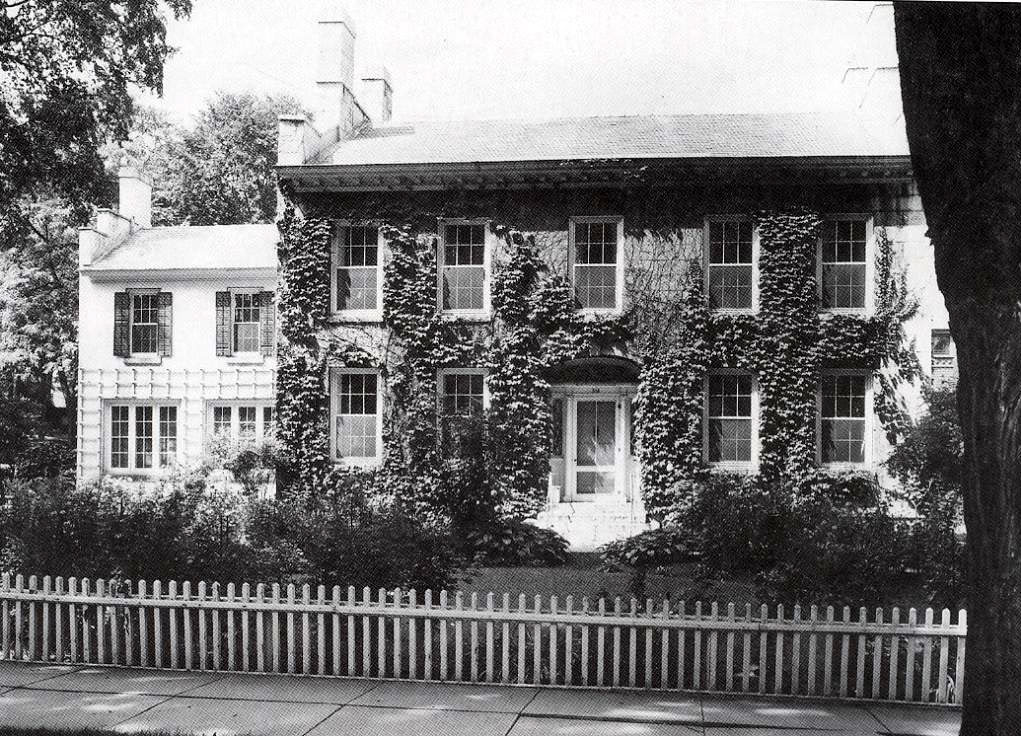
Orville Hungerford would begin his industrious career in 1808, at the age of 18, working for Jabez Foster, who had just moved his enterprise to Watertown from Burrville. It was a time when many of the early settlers of Watertown were etching their names into history. The Watertown Daily Times remarked on some of these pioneers, along with Hungerford, in an article published October 14, 1941–
The Sterlings, the Ten Eycks, the Bronsons and Keyeses were lawyers, but the Paddocks and the Hungerfords were merchants, and the Masseys were farmers. John Paddock came here in 1805, was a successful merchant and the first president of the Jefferson County bank. His son, Loveland, started his mercantile career in his father’s store. So did Orville Hungerford, whose fine house with its English garden, still graces the corner of Washington and Mullin Streets. There a Hungerford descendent still lives. Orville Hungerford was in congress for several terms and he was a candidate for the state comptroller on the Democratic ticket in 1848.
Hungerford would eventually become a partner in what was named Foster & Hungerford before going into business for himself in 1815, promoting the construction of the railroad from Rome to Camp Vincent (Cape Vincent, once a military installation during the war of 1812) and subsequently the first president of the Rome and Watertown railroad, a position he held until his death.
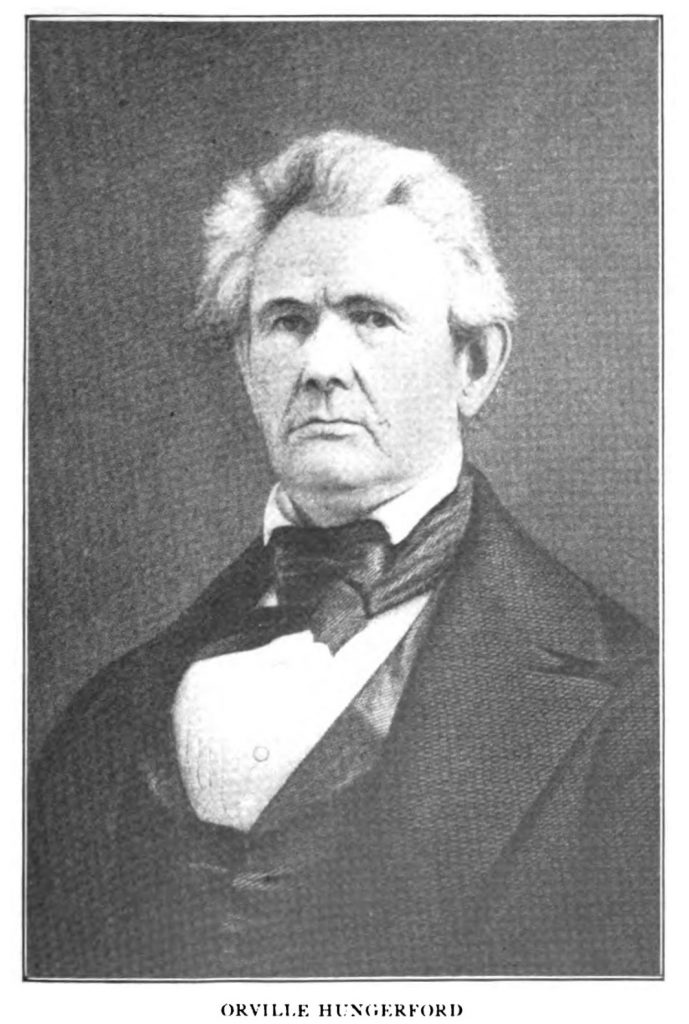
Orville Hungerford would purchase the lot for the Hungerford mansion, comprised of approximately one and a half acres, in 1823 from Olney Pearce, who built what would be known years later to many as the Herring mansion, for $500. The Hungerford mansion, built in the Georgian colonial style, would be constructed over the course of two years and completed in 1825. The Watertown Daily Times would note in 1943, “It is considered by architects as one of the most perfectly integrated and well-proportioned houses of its type in New York State.”
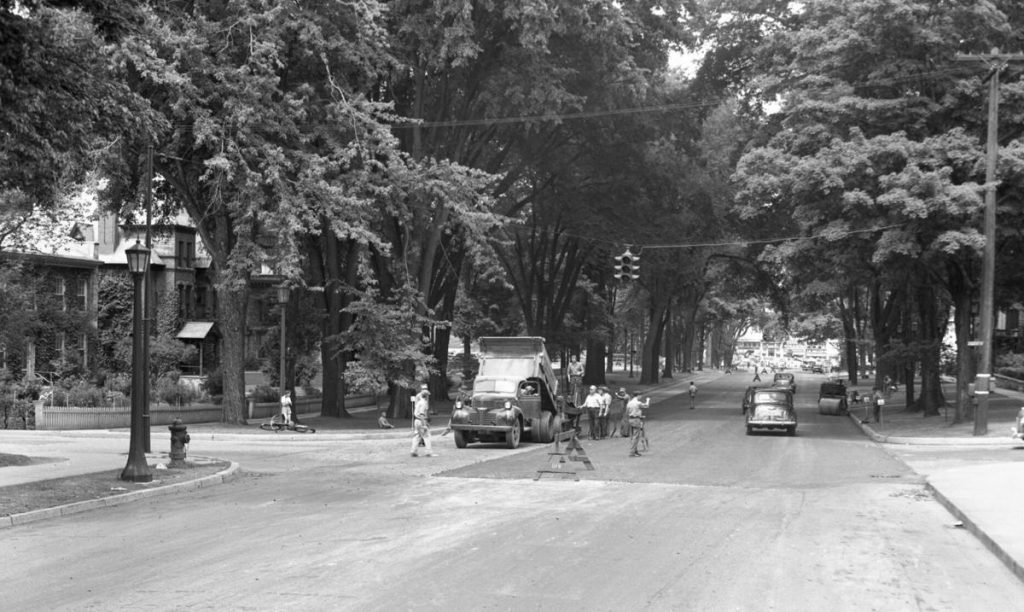
The 1943 article would describe the house in detail, remarking on its fireplaces—
The fireplace of black marble was the first of its kind to appear in the village of Watertown. It was brought from down state in a wagon over the corduroy roads. One feature is that there are fireplaces in every room in the house. The broad chimneys themselves, which balance each other across the roof top, are considered rare in this day when so many of the houses of this type have been torn down or modified.
Few changes occurred over the years, though Mrs. Hungerford had the side wing added in 1850, later used as a sun room with many windows.
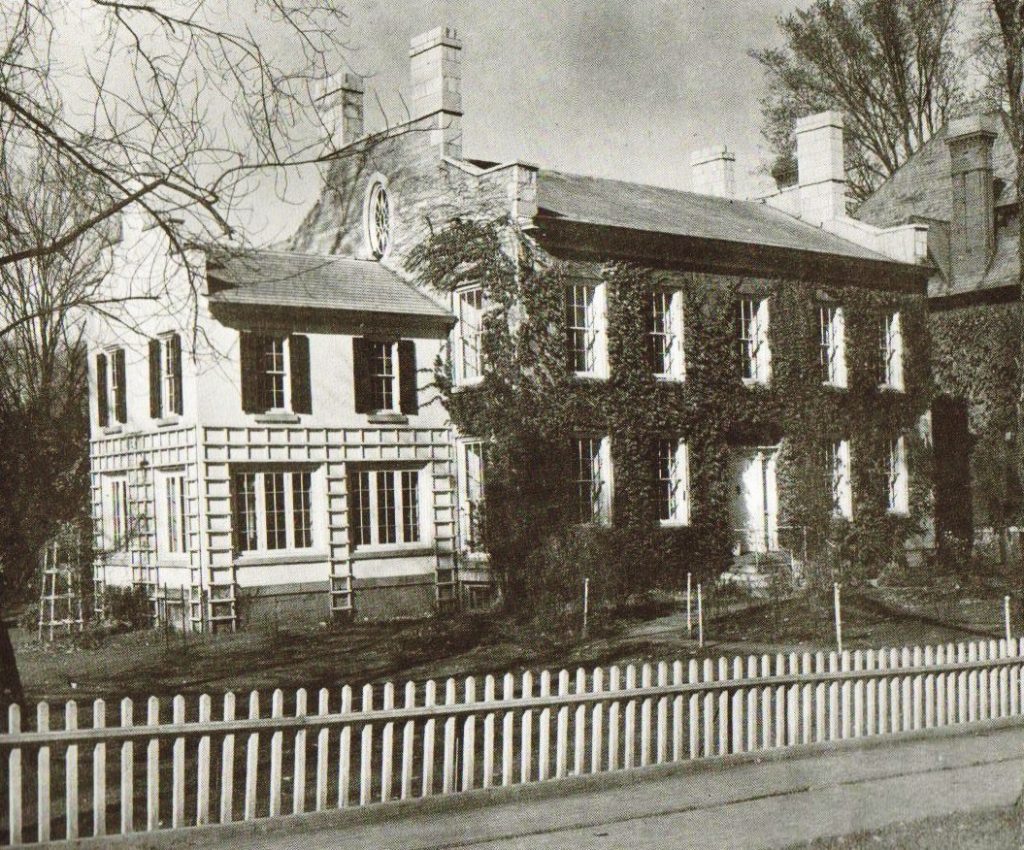
Orville Hungerford was twice president of the village of Watertown, first in 1823-24 and the second from 1834-36. During the second term, he would also serve as president of Jefferson County National Bank from 1834-45, between the terms of Micah Sterling and Norris Woodruff. The bank was actually known as the Jefferson County Bank during that time, owing its name change to the 1865 legislation of the National Bank Act. Orville Hungerford also served as congressman in 1842 and again in 1844, later becoming the Ways and Means Committee chairman.
Hungerford would remain the dutiful Watertown and Rome Rail Road president through all the other endeavors. Unfortunately, he would pass away on April 4, 1851, at the age of 60, just several months shy of seeing the first train of his line come to Watertown. The new train depot behind Hotel Woodruff was not yet completed, the train would stop at the foot of Stone Street at Watertown Junction later that year.
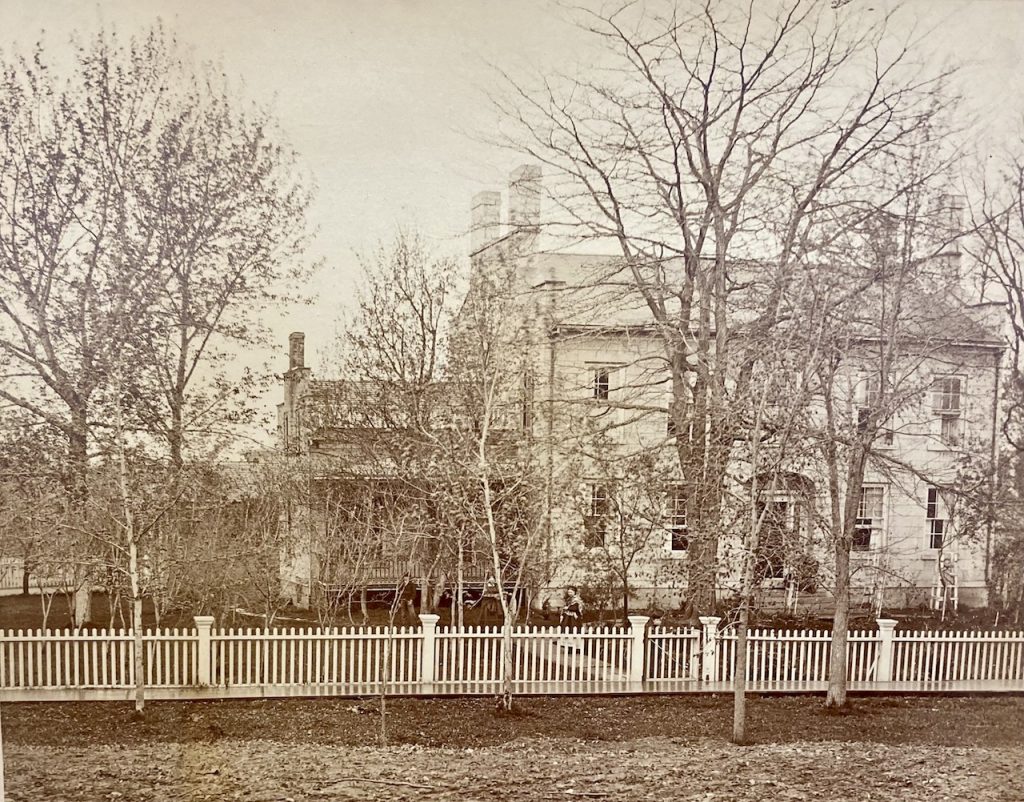
Elizabeth Porter “Betsey” Stanley Hungerford, wife of Orville and married since 1813, would apparently continue to live in the Hungerford mansion until her death in 1861. Afterward, Frances E. Hungerford, who never married, and her brother, Orville, and his wife, Emma E. Todd Hungerford, continued to live in the residence. Orville (and his sister Frances) would both pass away in 1902, but Orville’s daughter, Grace C. Hungerford Seiple, remained until her death in 1917.
According to the Watertown Daily Times, in May of 1921, Grace’s husband, George H. Seiple, executor of Frances’s estate, conveyed that estate’s interest in the property to Mrs. Helen Cooper Hungerford Woolworth – though the Times later mentioned it being purchased by Helen’s husband, Leland so that it would remain in the Hungerford family as Helen was the elder Orville Hungerford’s granddaughter. Leland, a distant cousin of Frank W. Woolworth, would partner with Michael J. Hardiman in furniture bearing their names for a number of years on Court Street.
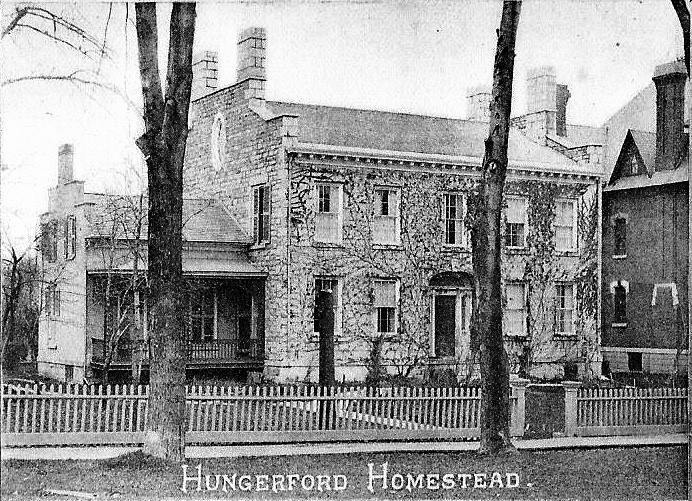
The famous gardens of the Hungerford mansion were mentioned in the WDT on July 9, 1942—
The semi-circular garden in front of the house of Mrs. L. G. Woolworth, Washington Street, was laid out in its present form 118 years ago by Mrs. Orville Hungerford, grandmother of Mrs. Woolworth and Mrs. Harriet R. Hungerford who reside there. Many of the same plants and shrubs are still there—the big barberry bush at the corner, the bleedinghearts by the doorway, the white roses scattered all through and the snowdrops that clothe the whole garden with their nodding bells almost before the snow has melted. There were always tulips, small ones in red and orange, and forget-me-nots.
Harriet would pass away on Oct. 26, 1956, at age 81, leaving much speculation as to what would become of the Hungerford Mansion, which, for many years, had become one of the showpieces for this part of the state. Harriet’s will stated that the residence was to be sold at the discretion of the executors.
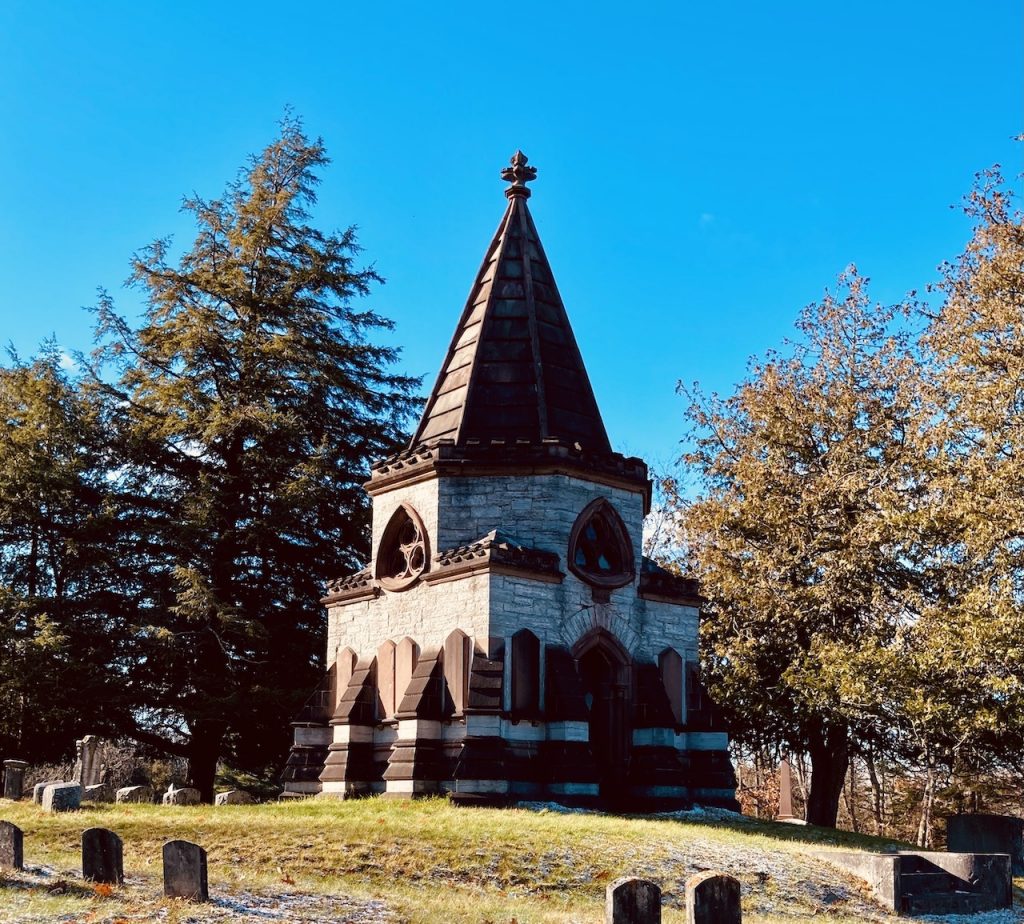
The Watertown National Bank would acquire the Hungerford mansion from the executors and, in 1957, plan to sell it with conditions: no offer less than $50,000 and no terms other than cash would be considered. The bank would also reserve the right to reject any or all offers regardless of the amount.
The Hungerford mansion would initially be marked for razing along with the Herring Mansion to make way for a modern motel, The Carriage House Inn, by Joseph J. Capone after working out a deal for the properties that involved the former Watertown High School on Sterling Street.
The Watertown Daily Times would report on May 18, 1959, of one of the rare occasions where preservation prevailed—
Hungerford House Will Be Preserved
The mansion, original residence of Orville Hungerford, first president of the Watertown & Rome Railroad company, which brought the first railroad train into Watertown, has been purchased from Mr. Capone by John R. Burns, 119 Ten Eyck Street, real estate owner and builder.
Mr. Burns has purchased a large lot from David F. Lane at 311-315 Flower Avenue West and will transfer the Hungerford mansion to it.
“I propose to keep the mansion as it is now, except to install modern plumbing, lighting and heating in it, but not to retain the wing at the south or Mullin Street side of the house,” said Mr. Burns. “I shall even have a circular walk and drive and flower garden in front as now,” Mr. Burns Added.
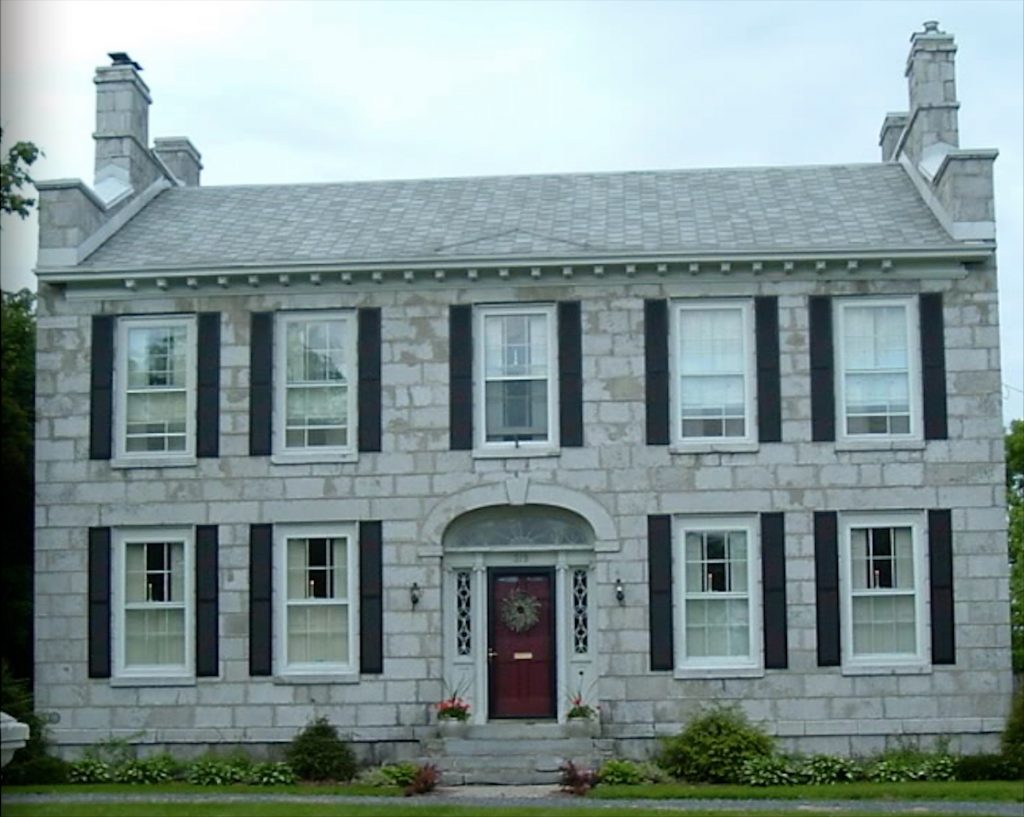
That summer, the razing of two of the historic mansions of Washington Street commenced, one, the former Herring Mansion, U.S.O., and American Legion, would be gone forever while the other, the Hungerford Mansion, would be re-erected on West Flower Ave where it’s been ever since.
In June of 2023, the mansion sold for $540,000. 50 photos, including many of its interior, can be found via the Redfin realty website.


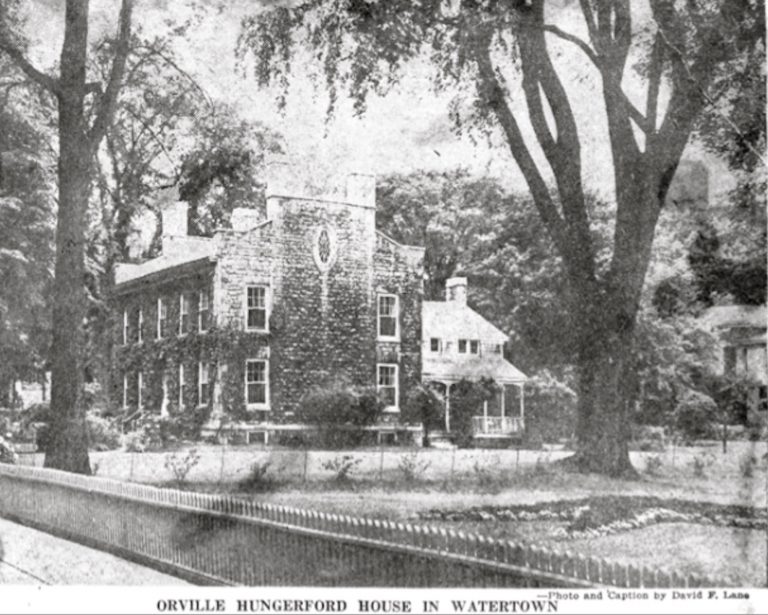
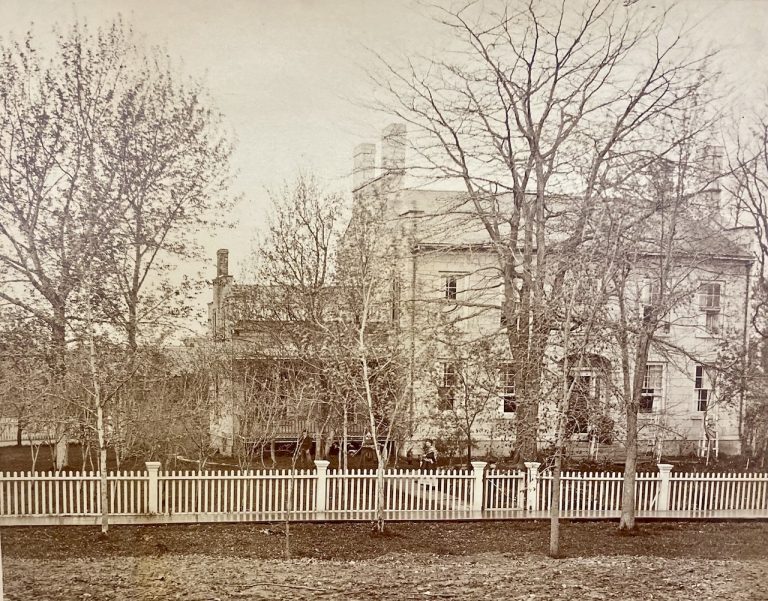
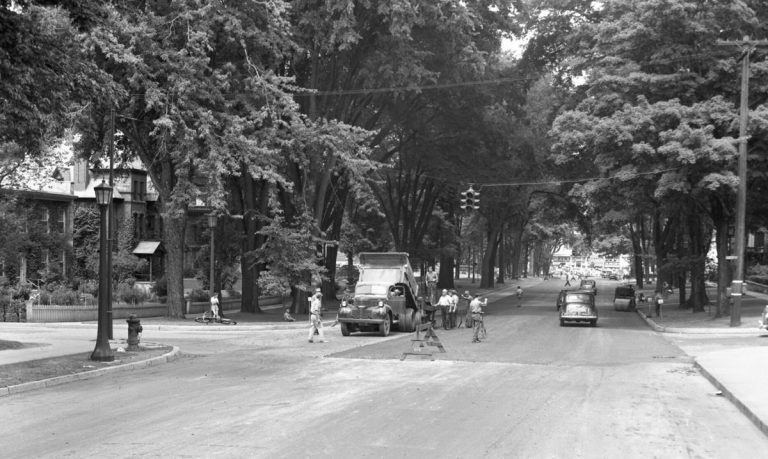
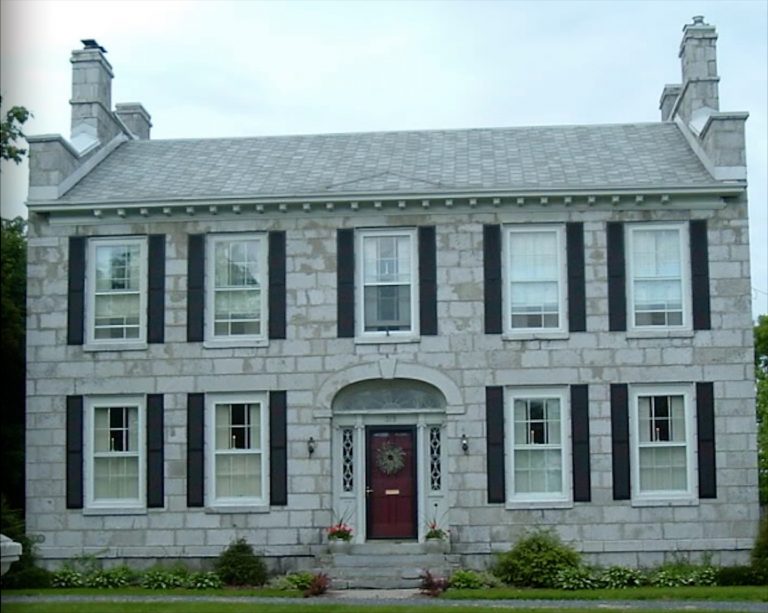
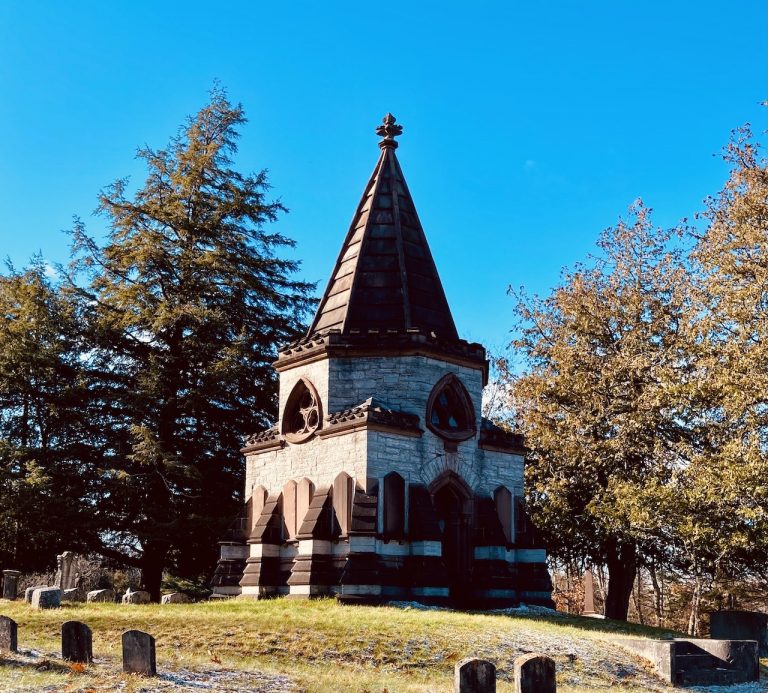
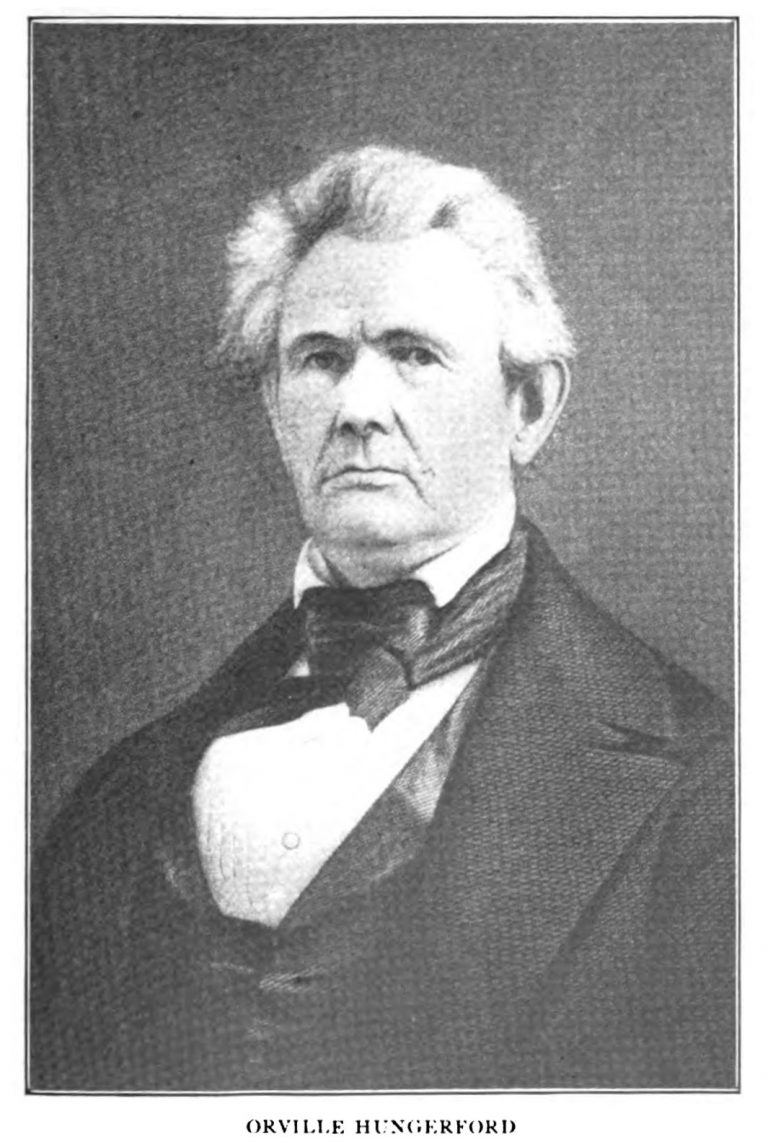
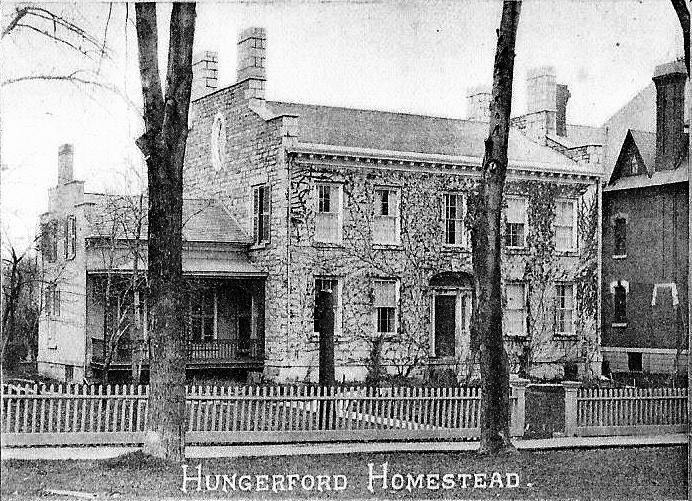

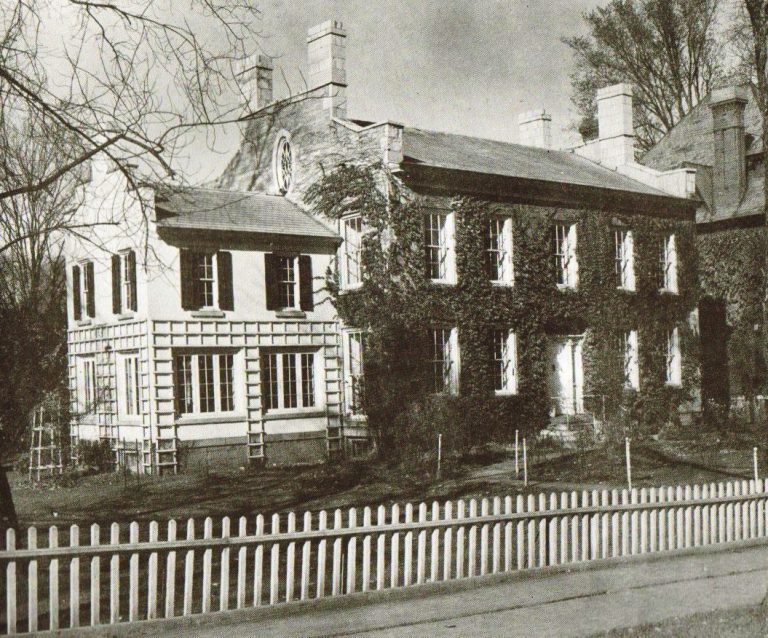

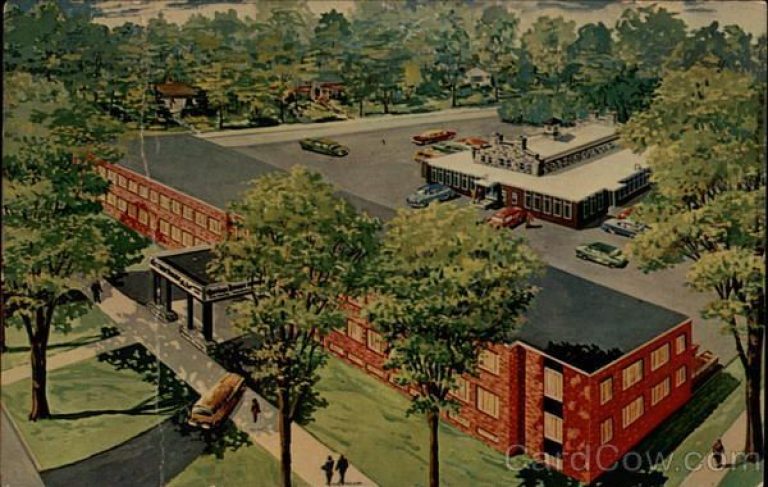
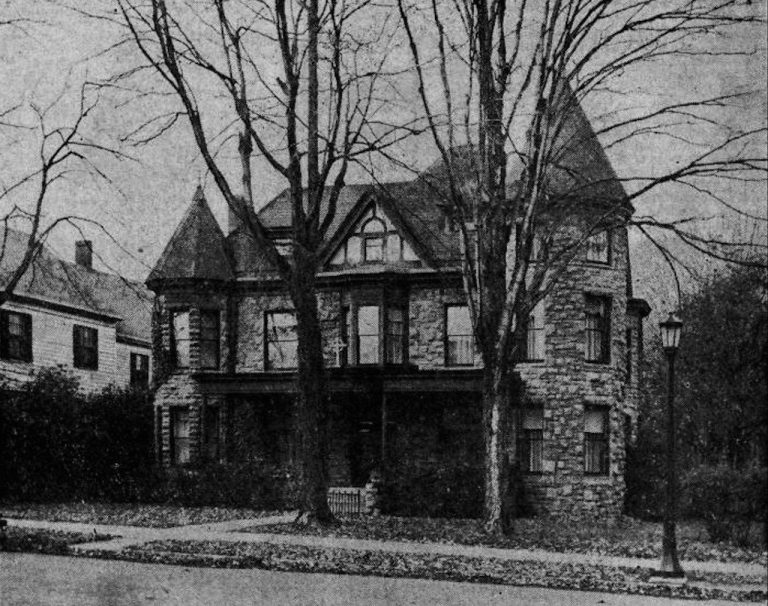
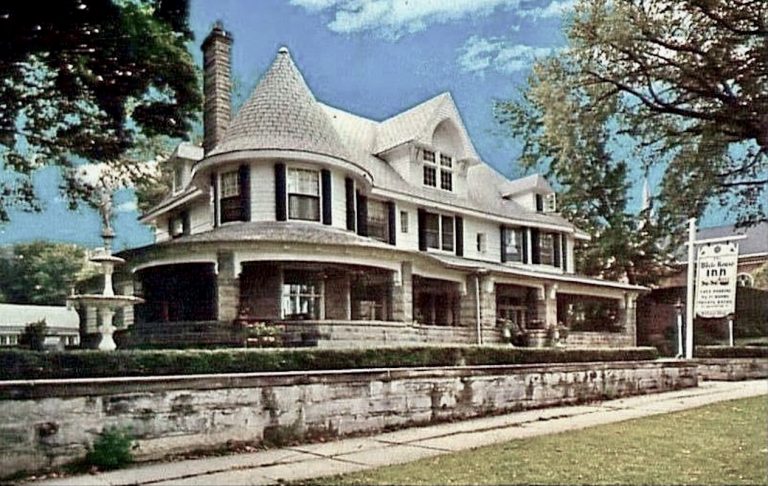

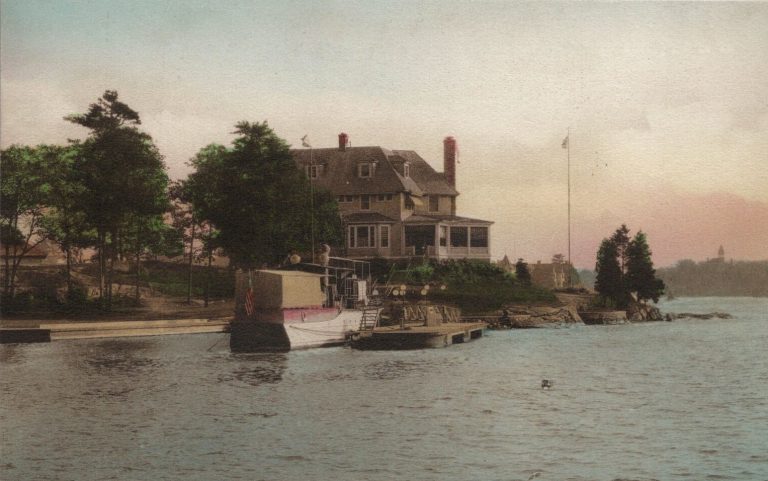
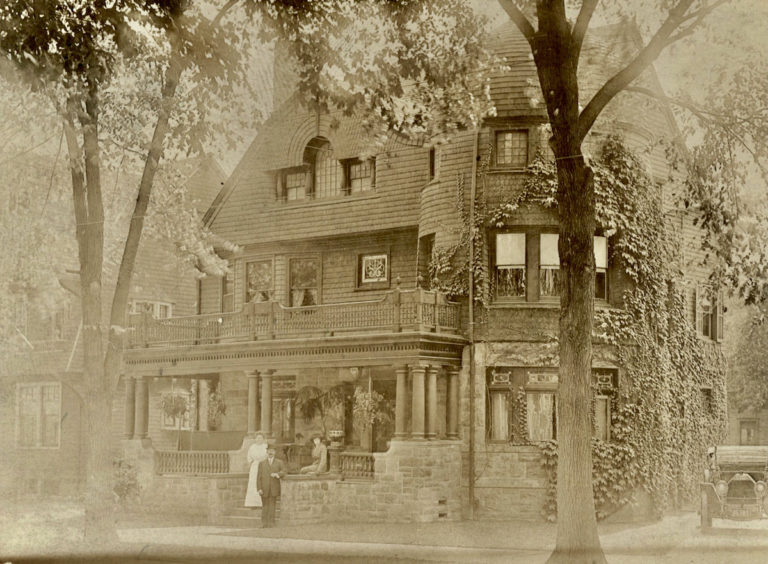
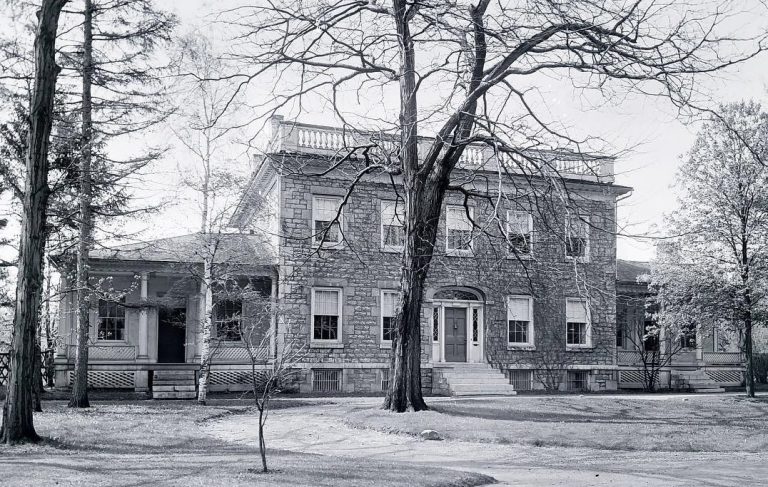
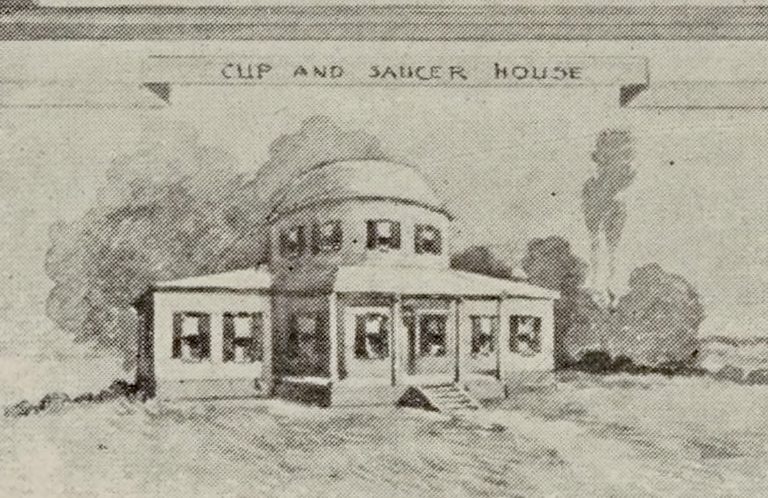

1 Reviews on “Orville Hungerford Mansion (1824 – 1959, 1959-Present)”
Great history of this old house. Just an aside, the identically styled carriage barn that accompanied the mansion was left standing and used as the now Best Western’s dining room, giving the hotel it’s name (Carriage House) for many years. It can be seen behind the hotel in this old postcard.
Thanks for mentioning this and adding the photo – totally slipped my mind about 11:15pm last night when I finished editing this!